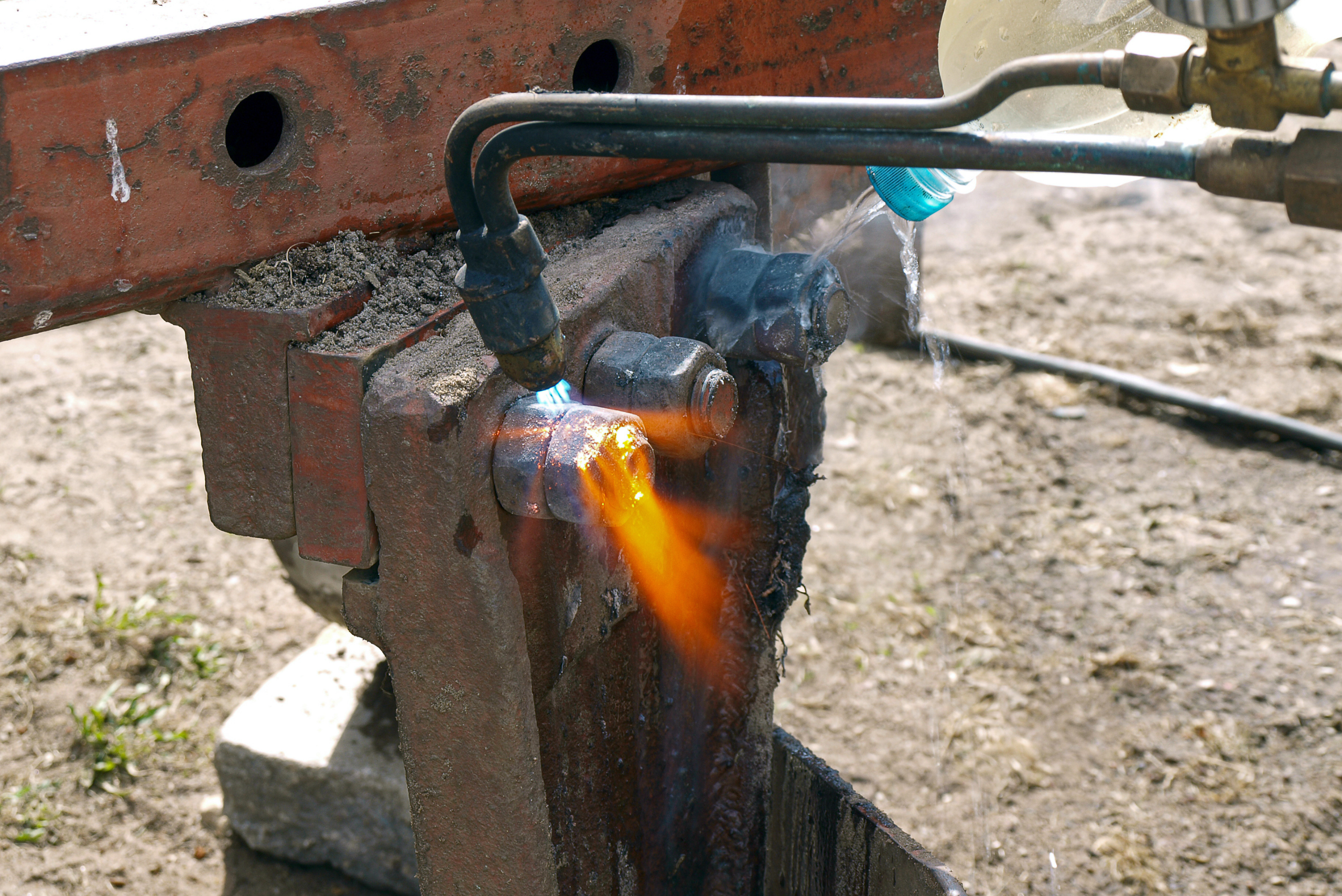How to Loosen a Stubborn Bolt That Just Won’t Budge
As a DIY enthusiast or handyman, facing a bolt that won’t budge is almost a rite of passage. Whether you’re restoring old furniture, working on your vehicle, or handling home maintenance, a stuck bolt can bring progress to a frustrating halt. But don’t worry—here, we’ve rounded up reliable techniques to free that stubborn hardware and keep your project moving forward. Grab your toolbox, take a deep breath, and let’s explore how to loosen a bolt that just won’t give.
Understanding Why Bolts Become Stuck

Bolts can get stuck for several reasons, and understanding why can help you choose the best method for loosening them. Over time, exposure to moisture and air causes rust, which binds the bolt to the material around it. Dirt, grime, or debris in the threads can also create resistance.
Additionally, bolts that are over-tightened or have been subjected to extreme heat may expand and become difficult to remove. Recognizing these causes can make it easier to prevent or solve the problem, saving you time and effort on future projects.
The Right Tools for the Job – Penetrating Oils and Impact Wrenches

When facing a bolt that won’t budge, reaching for the nearest wrench isn’t always the best approach. Instead, start with a generous application of a penetrating oil, such as WD-40 or PB Blaster. These oils work their way into the tiniest crevices, breaking down rust and reducing friction, making it easier to twist the bolt free.
Give the oil some time to work its magic, then try again with your wrench. If manual efforts fail, an impact wrench can deliver the extra torque needed to break the bolt free, using rapid, hammer-like blows that are less likely to damage the bolt than constant pressure.
Heat, Cold, and the Magic of Expansion and Contraction

For the particularly stubborn bolt, it’s time to delve into the world of thermal expansion and contraction. Applying heat directly to the bolt with a propane torch can cause it to expand slightly. When it cools down, it contracts, potentially breaking the rust seal and making it easier to turn.
On the flip side, applying cold, such as from a can of compressed air turned upside down, can shrink the bolt just enough to loosen its grip. Remember, safety is paramount when using extreme temperatures, so take all necessary precautions.
The Gentle Art of Persuasion – Tapping, Tightening, and Patience

Sometimes, a bit of gentle persuasion is all a bolt needs to start moving. Tapping the bolt head gently with a hammer can jostle the threads just enough to break free of corrosion. If you’re worried about damaging the bolt, placing a piece of wood or another soft material between the hammer and the bolt can protect it.
Surprisingly, attempting to tighten the bolt ever so slightly before loosening it can also break the seal formed by rust or corrosion. Throughout these efforts, patience is your best friend. Rushing can lead to stripped heads or broken bolts, turning a nuisance into a nightmare.
Related Articles
- How to Use a Toggle Bolt for Wall Mounting on Drywall
- Molly Bolts vs Toggle Bolts – Understanding the Differences
- How to Easily Free Stuck Rusty Wheel Lug Nuts on Vehicles
Even with all the right techniques and tools, some bolts simply refuse to cooperate. When you’ve tried everything and the bolt still won’t budge, it might be time to seek professional help. A skilled mechanic or handyman has the experience and possibly even specialized tools that can make all the difference. There’s no shame in calling in the cavalry; sometimes, it’s the smartest move.
Ready to start your next project? Join our DIY community to receive tool tips, how-to guides, and exclusive creative insights. Subscribe to the ManMadeDIY newsletter now! Click here to unlock a world of hands-on inspiration.









